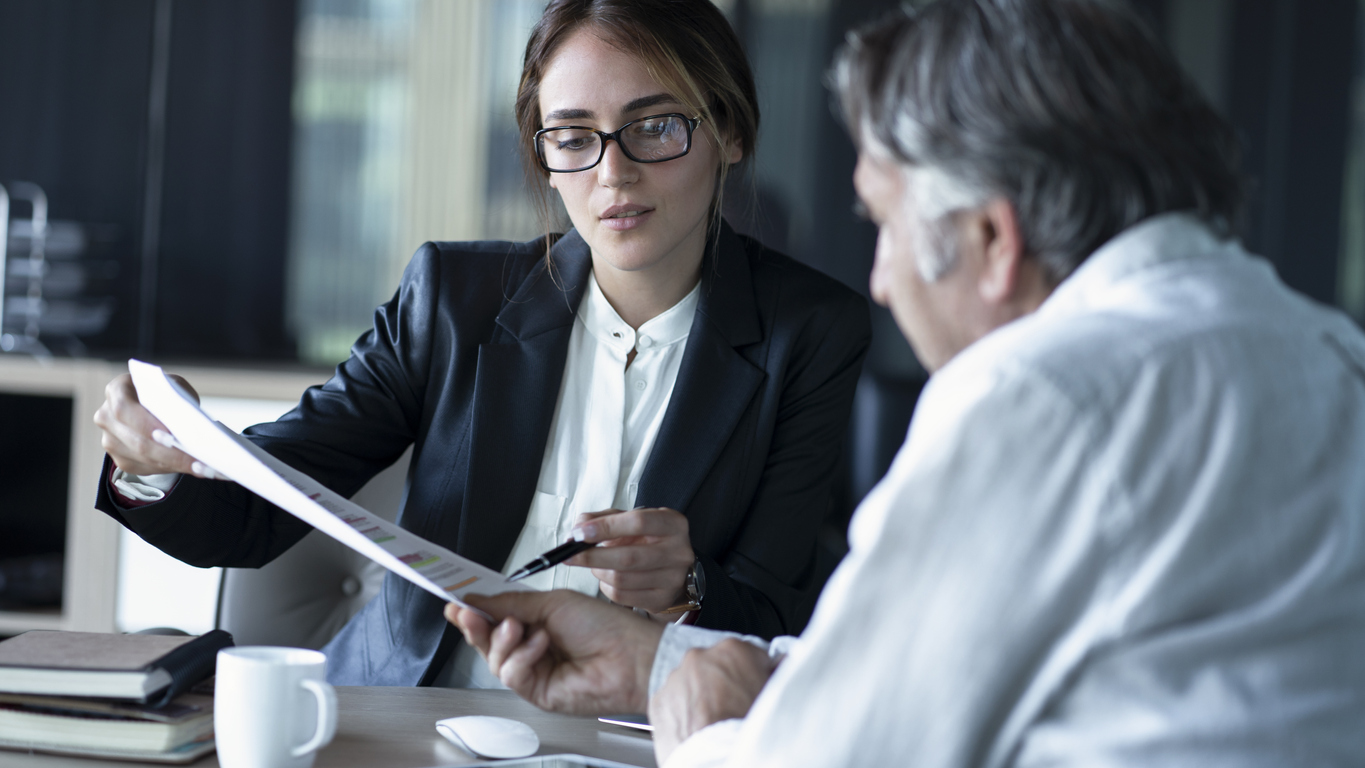Slip and fall accidents, often perceived as minor incidents, can result in substantial consequences.
Surprisingly frequent, these accidents stem from a variety of causes. In this discussion, we'll delve into the typical reasons behind slip and fall incidents, shedding light on the injuries they can lead to.
The Common Causes of Slip and Fall Accidents
Slip and fall accidents can occur in virtually any location. That's why it's crucial to grasp the fundamental causes behind these unfortunate incidents.
- Wet and slippery surfaces: Spills, leaks, or wet floors due to inadequate maintenance or cleaning cause slip and fall accidents. Common locations for these incidents include grocery stores, restaurants, and public restrooms.
- Uneven or damaged flooring: Uneven surfaces, loose tiles, or damaged flooring materials pose a considerable risk. Cracks in sidewalks, torn carpets, and uneven steps are all potential hazards.
- Inadequate lighting: Poorly lit areas can obscure potential dangers. This makes it challenging for individuals to see tripping hazards.
- Weather conditions: Slip and fall accidents can also result from inclement weather. These happen particularly in regions with ice and snow. Unsalted sidewalks or wet entryways can quickly become slippery zones.
- Lack of handrails: Stairs without handrails or poorly maintained handrails can lead to accidents. Especially for the elderly, or individuals with mobility issues.
- Obstructed pathways: Cluttered walkways or obstacles in high-traffic areas can impede safe movement and lead to falls.
The Legal Framework Of Premises Liability
Slip and fall cases typically fall under premises liability. This means that property owners or occupiers are legally obligated to maintain their premises safely. When this obligation is not met, leading to injuries, the injured party may seek compensation.
Whitley Law Firm has the experience to fight for the compensation you deserve. They will determine the following:
- Duty of care: Property owners or occupiers owe a standard duty of care to those legally on their premises. This includes customers in stores, guests in private residences, and even visitors in public areas.
- Breach of duty: A slip and fall case hinges on this duty of care breach. This breach occurs when a property owner or occupier fails to take reasonable measures to prevent hazards that could cause accidents.
- Causation: The injured party must demonstrate that the breach of duty directly caused their injuries. In other words, the unsafe conditions led to the slip and fall accident.
Pursuing Legal Recourse
After a slip and fall incident occurs due to property negligence of the owner or occupier, the injured party may try to recover damages.
● Document the scene: If a slip and fall occurs, it's essential to document the scene. Take photographs or videos of the hazardous condition and your injuries. This evidence can be invaluable in building your case.
● Seek medical attention: Seeking prompt medical attention after a slip and fall accident is important. Though injuries initially seem minor, they may develop into more significant issues later.
● Report the incident: Report the incident to the property owner or occupier. Make sure it is officially documented.
● Witness statements: If there were witnesses to the slip and fall, obtain their contact information. They may be able to provide valuable testimony later.
● Preserve evidence: If possible, preserve any evidence related to the accident, such as the shoes or clothing you were wearing at the time.
Personal Injury Claims
Personal injury claims provide a legal route to seek compensation for damages. To pursue such a claim, the following elements must be established:
● Negligence: Proving negligence is crucial. This shows that the property owner or occupier failed to meet their duty of care, leading to the hazardous condition.
● Causation: Demonstrating that the negligence caused the slip, fall, and subsequent injuries.
● Damages: Document the damages suffered as a result of the incident, including medical expenses, lost wages, pain and suffering, and any long-term effects.
● Timeliness: Filing a personal injury claim within the statute of limitations is key. This varies by jurisdiction. In North Carolina, the time frame is three years from the accident.
Damages You Can Claim in Slip and Fall Cases
Compensation in slip and fall cases can cover a range of damages:
● Medical expenses: This includes past and future medical bills that are related to the injuries from a given accident.
● Lost wages: Victims can seek compensation for income lost due to the inability to work during recovery.
● Pain and suffering: Damages for physical and emotional distress endured as a result of the slip and fall.
● Loss of enjoyment of life: Compensation for reduced quality of life and the ability to enjoy activities as before the accident.
Exercise Care Wherever You Go
Slip and fall accidents can result in both substantial injuries and financial hardships. For those who have gone through such incidents, gaining insights into the prevalent causes, the legal aspects of premises liability, and the potential avenues for legal recourse is paramount. Pursuing compensation for medical costs, lost income, and emotional distress can alleviate the financial stress stemming from slip and fall accidents.













